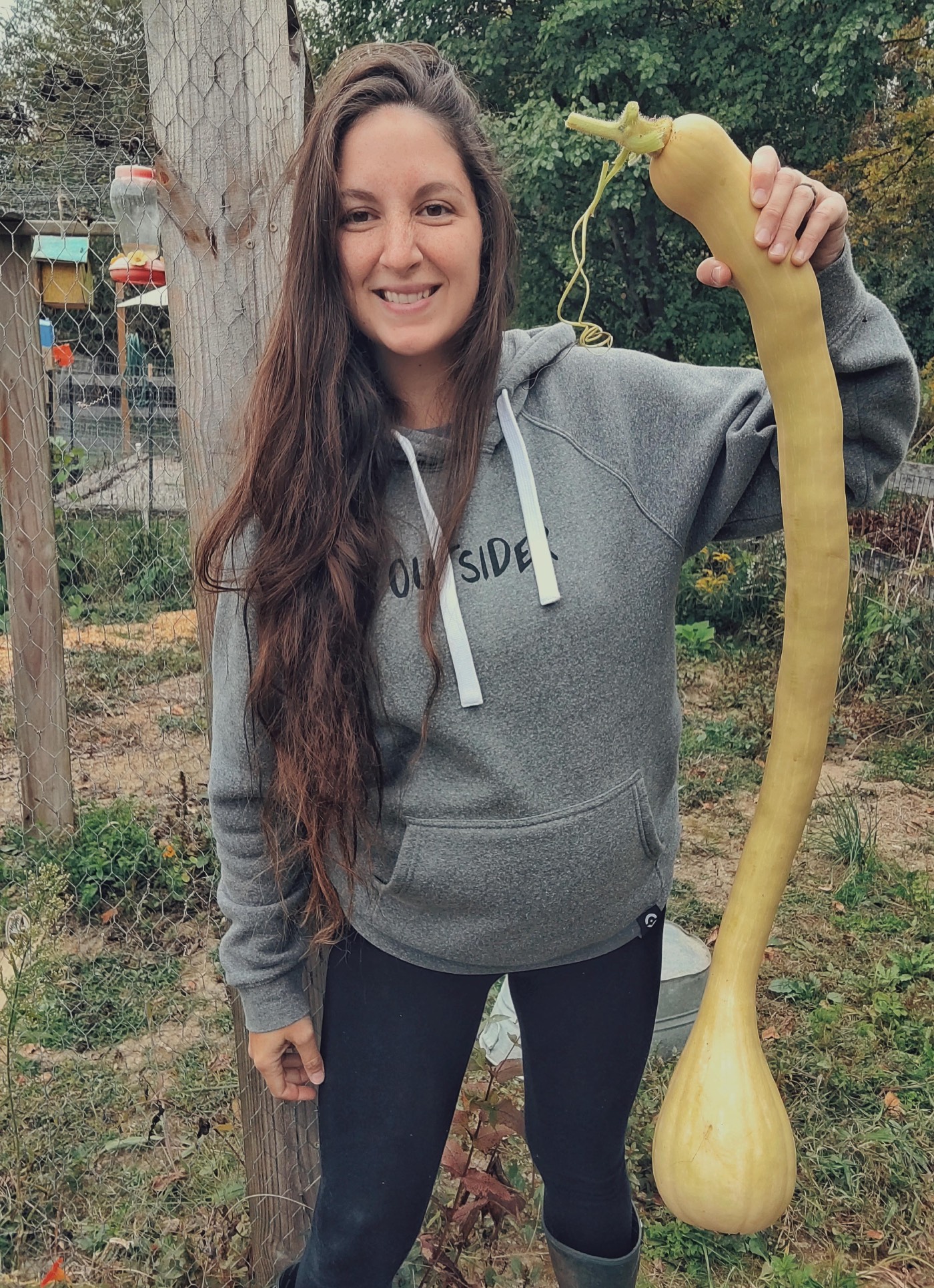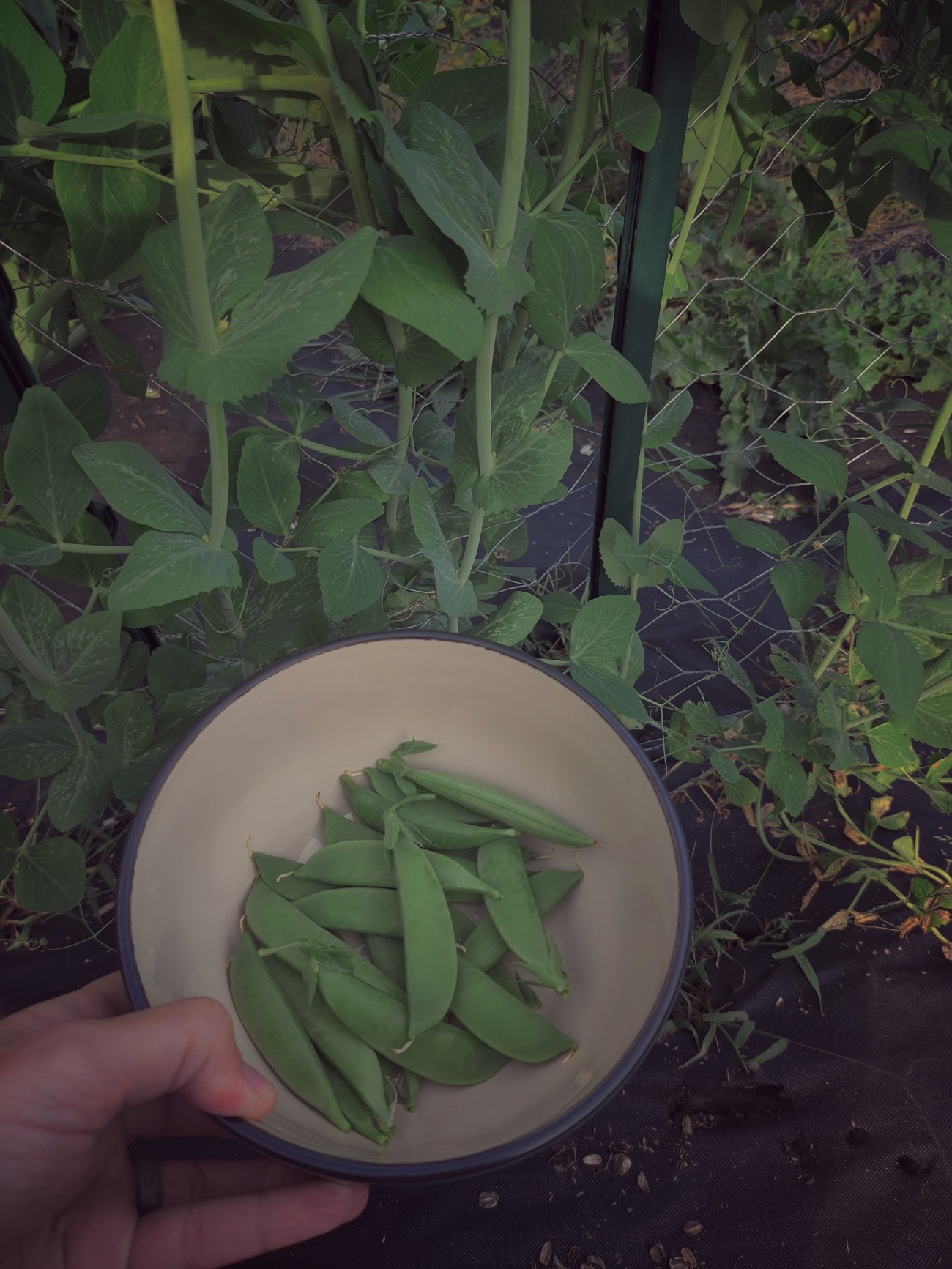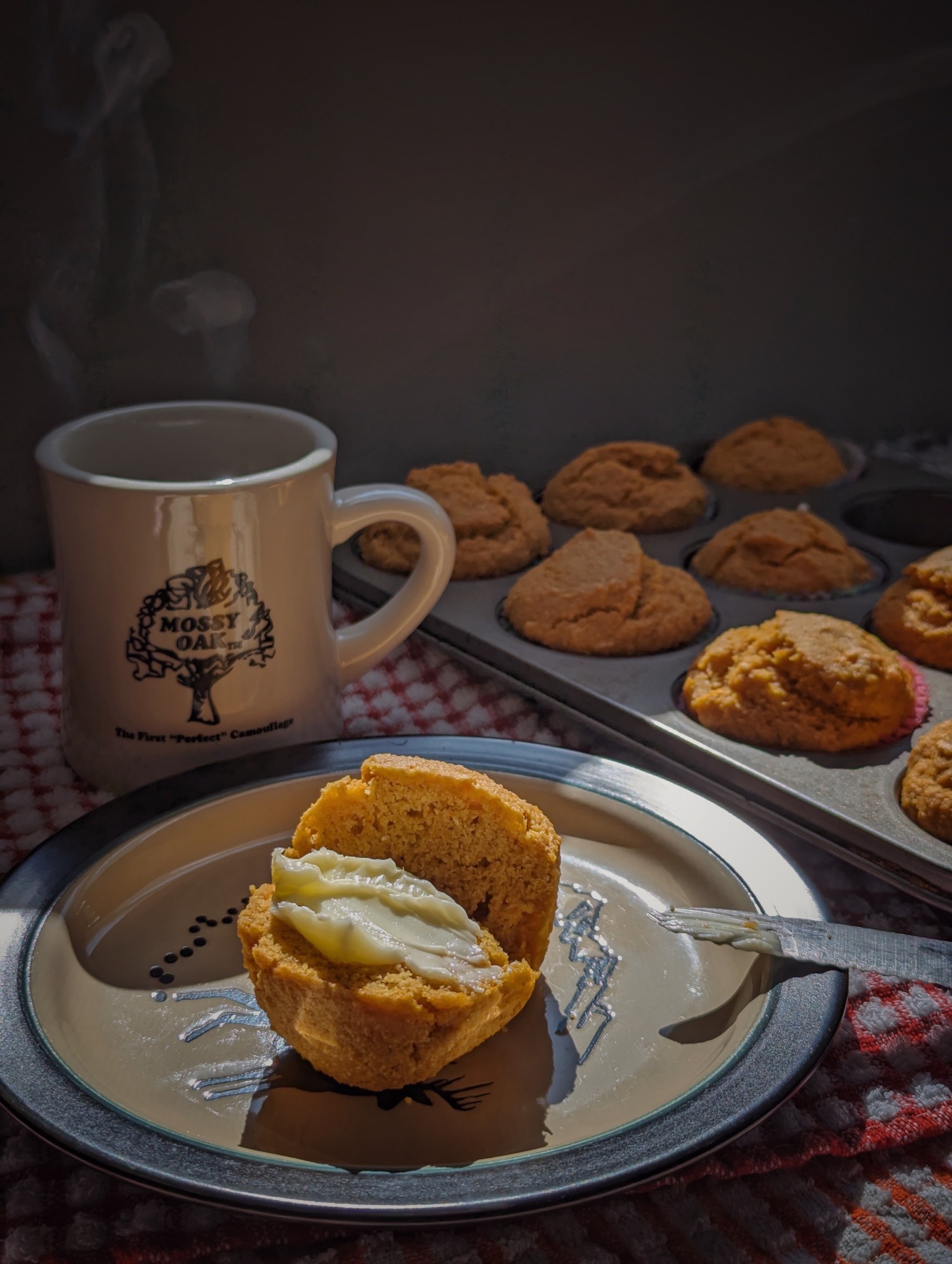
By Beka Garris
Store shelves are lined with brightly colored Halloween and Thanksgiving decorations, indicating that fall is finally here. Yet, for some, the real indicator of fall is tree stands being hung and your Mossy Oak camo being aired out as deer season opens.
The Fall Garden
For many homesteaders and gardeners, the coming of cooler weather doesn't just mean trying to put meat on the table. It means fall gardening is well underway: the growing season has arrived, and harvest season is around the corner. Planting a fall garden means you can double your fall vegetable yield for the year and plant the veggies that do well in cooler weather.
A few veggies to try planting include:
- Pumpkins
- Butternut squash
- Turnips
- Radishes
- Peas
- Lettuce
- Kale
- Beans
- Beets
Unlike summer produce that rots quickly when left on the vine, winter squash and root vegetables can sit out in the garden in colder temperatures for quite some time. Once harvested, they can be stored indoors in a cool, dry place for many months. Many other crops can be frozen or canned, ensuring you have home-grown vegetables until next spring.
Planning for Your Fall Garden: Important Fall Gardening Tips

Plant fall gardens counting backward from frost dates or when the ground freezes. Often, fall planting begins in late summer (August) or early fall (September) for the best harvest yield.
Remember to add nutrients to your garden soil before planting fall crops. You can use natural nutrients and resources, such as compost and manure. Alternatively, you can grow cover crops and rotate planting to improve the health of your soil. Finally, you can add plant food or fertilizer to the ground before planting.
You will also want to pay attention to the days until harvest, as printed on your seed packets. Keep in mind that the first frost date is an estimate, not a hard rule. You may have more or less time before the first hard frost.
While many people forget about this second planting season, a fall garden is nothing new. For hundreds of years, folks depended on farming or gardening to get them through the winter and provide them with food. This included taking advantage of as many planting seasons as they could get.
A Fall Garden Brimming With Flowers
Autumn is a great time to plant many types of flowers. The cool fall temperatures are a perfect time to spend in the garden, planting annuals, like calendula and nasturtium, or perennials, especially bulbs, like daffodils and grape hyacinth.
You can buy bulbs from any of your local nurseries and plant them as soon as the ground turns cool. Here are some gardening tips when planting flower bulbs:
- Prepare your soil with garden tools so that it's loose
- Remove weeds, rocks, and debris
- Add compost
- Place flower bulbs in the ground with the pointy side up
- Water immediately after planting to get rid of air pockets
Overwintering
While some plants, vegetables, and flowers can withstand freezing temperatures, you can protect the more sensitive ones by covering their roots with a thick layer of mulch. Plants in their native habitat will only need a bit of overwintering, while those outside their familiar habitat may need a lot more.
Enjoy Your Garden
Fall gardening, without the blazing sun and suffocating heat of summer, can be especially pleasant. Plus, you extend the crop growing season to nearly year-round. Your crops will be a welcome addition to what the hunt brings in.
Easy Pumpkin Cornbread Muffins

This recipe is lightly sweet and slightly reminiscent of pumpkin without being overpowering. They make a great side to chili, soup, or even thanksgiving dinner – and would be a great way to make cornbread stuffing.
Ingredients
1 cup squash, cooked and pureed in blender
2 eggs
½ cup packed brown sugar
1/3 cup vegetable oil
2 Tbsp molasses
1/3 cup milk
½ tsp cinnamon
1 tsp salt
1 Tbsp baking powder
1 cup cornmeal
1 cup all purpose flour
Instructions:
- Preheat oven to 375F Grease and flour a muffin tin, or use paper muffin liners.
- In a large mixing bowl, whisk the first 8 ingredients together
- Add in the baking powder, corn meal, and flour, mixing until just combined.
- Use a standard ice cream scoop to fill the muffin cups fairly full
- Bake for about 20-22 minutes until the muffins are fully risen. Try not to over bake as they will dry out.






























